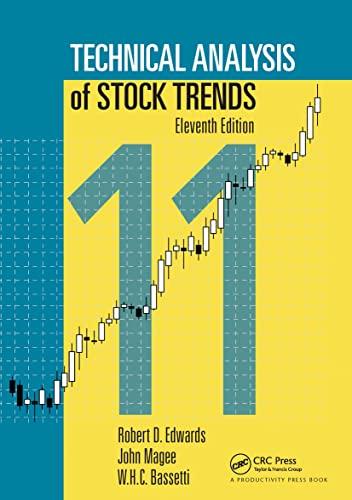Answered step by step
Verified Expert Solution
Question
1 Approved Answer
Please answer question 5.21 5.21 Repeat Problem 2.32(a) for continuous compounding. Ans. $167 884.49 2.32 Ms. Frank is planning for a 25-year retirement period and
Please answer question 5.21


Step by Step Solution
There are 3 Steps involved in it
Step: 1

Get Instant Access to Expert-Tailored Solutions
See step-by-step solutions with expert insights and AI powered tools for academic success
Step: 2

Step: 3

Ace Your Homework with AI
Get the answers you need in no time with our AI-driven, step-by-step assistance
Get Started


